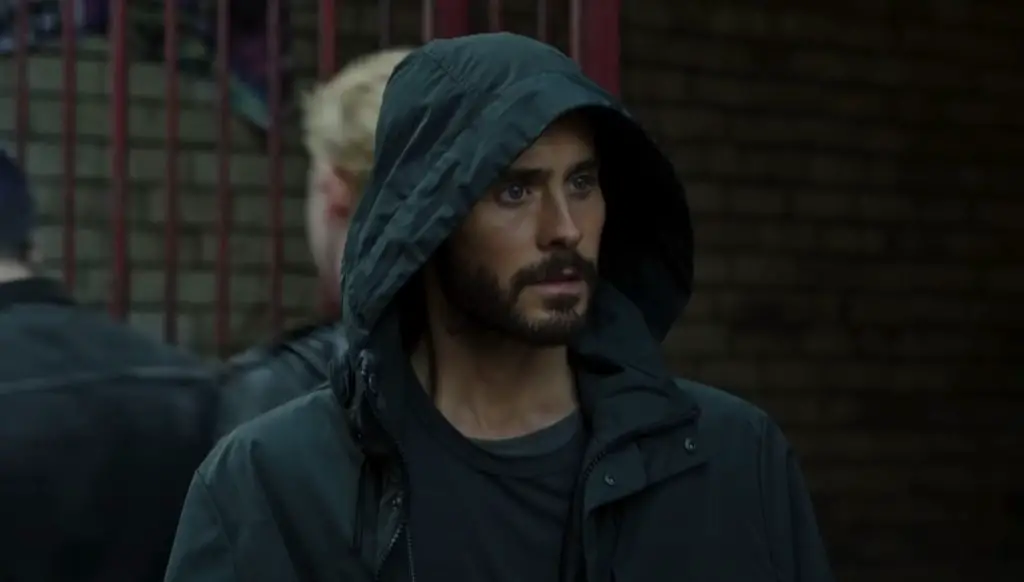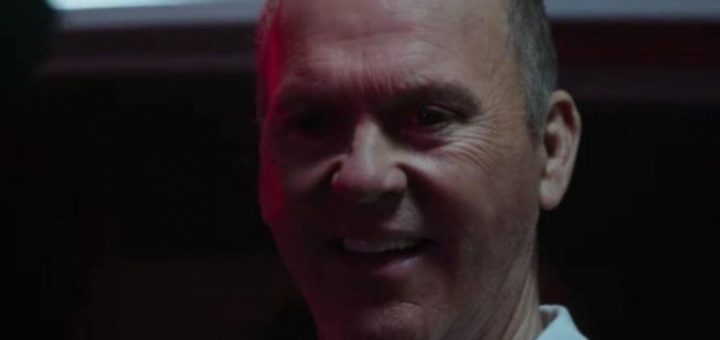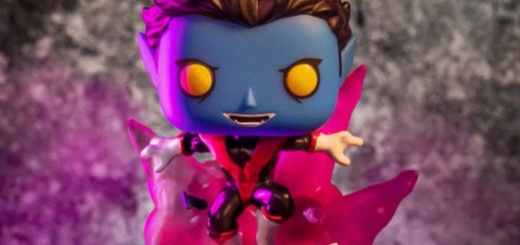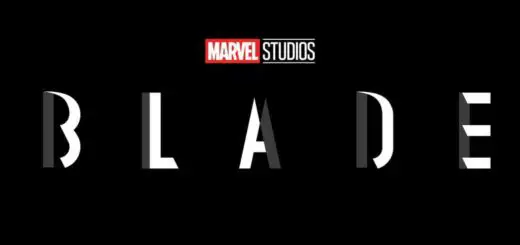How the ‘Morbius’ Post-Credit Scene Exposes Sony’s Fatal Flaw
Sony’s newest addition to their film universe of Spider-Man characters has officially debuted, and with its tease for what’s to come, they’ve consulted the entire premise; let’s explain, how the Morbius post-credit scene exposes Sony’s fatal flaw.
Despite what have been overwhelmingly negative reviews for the latest Sony film, Morbius has seen a decent performance in its opening weekend box office numbers.

Source: Sony Pictures ‘Morbius’
The story of the classic vampiric Spider-Man villain is front and center as the Dany Espinosa- helmed, and Jared Leto-starring film explores one of Marvel lore’s most tragic characters.
The film is a key piece of Sony’s developing film universe of Spider-Man characters, and follows both Venom and the subsequent Venom: Let there be Carnage, in developing a Sony-centered world surrounding a Spider-Man that has yet to be revealed.

Photo: Sony Pictures
One thing that has become more apparent with the release of this newest Sony project is that there is a level of expectation that is simply unable to be reached; with the record-breaking box office sensation that was the Marvel collaborated Spider-Man: No Way Home being the benchmark for the studio.
With the film debuting a scene that attempts to greater connect these various characters of Sony’s Spider-man film universe, we also see the greatest downfall in their attempts; as Morbius’s post-credit scene exposes Sony’s Fatal Flaw.

Source: Sony/ Marvel
If you haven’t seen the film or the reports of what the post-credit scene in question portrays, Morbius ends with the appearance of Michael Keaton’s Adrian Toomes; which isn’t really a spoiler considering he was shown in some of the earliest trailers for the film.
Sony attempts to explain this by reverse-engineering the idea presented in Spider-Man: No Way Home, in which Toomes is transported from the MCU to the Morbius universe.

Source: Sony/ Marvel
The only problem is, that this doesn’t make any sense.
Sony’s fatal flaw is the fact that they have convoluted the multiversal concepts that were so brilliantly laid out by the MCU.
Feige and company presented the complicated idea of alternate relates in an accessible and understandable way; which aided Spider-Man: No Way Home, as fans could easily grasp the concept.

Source: Marvel Studios
Morbius takes this rule and uses it as a get out of jail free card, as they explain away that the Adrian Toomes clearly connected to the MCU was placed in a Sony Universe, despite the fact that it doesn’t track with the spell that would have kept him in his present universe.
Sony’s fatal flaw in attempting to greedily regain all of its characters is rooted in a lack of respect for the audience; what other way can you excuse a company from doing something that doesn’t make sense?

Source: Sony Pictures/ Marvel
To not care about logic or continuity, is to disregard the connective tissue to your viewers; and that mindset should doom the Sony Spider-Verse much more than any negative review could.












